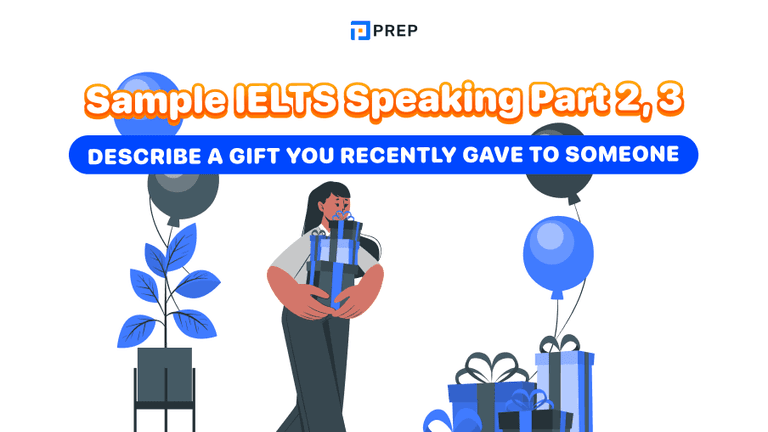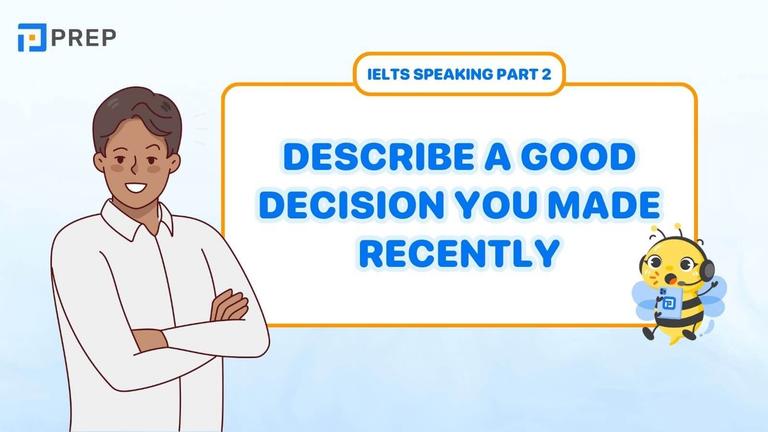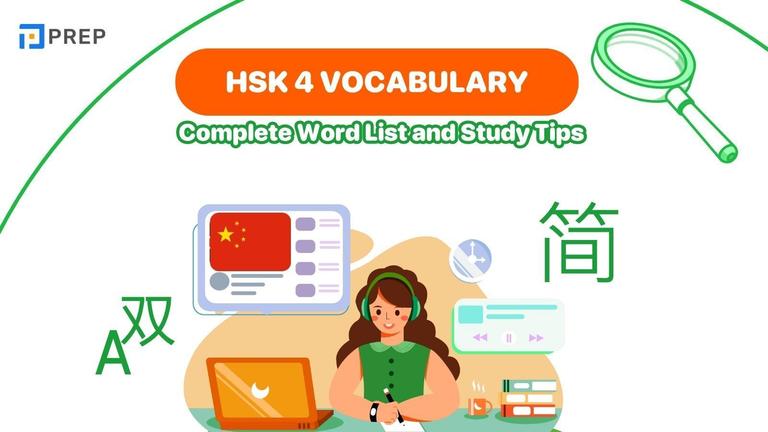What Is Please in English? Meaning, Usage, and Examples
What is please in English? This guide explains its meaning as both an interjection and a verb, showing how it adds politeness to requests. You will learn sentence patterns, common errors, exam applications, and polite alternatives to use effectively in daily communication.

I. What is Please in English?
The word "please" plays an important role in everyday English communication. At its core, "please" is used to make a request sound more polite and less direct. It helps speakers maintain a respectful and cooperative tone in both casual and formal interactions.
"Please" can function as:
- An interjection, most commonly used to make polite requests
Example: Could you help me, please?

- A verb (less commonly in modern English), meaning to make someone satisfied or happy
Example: He works hard to please his clients.

In spoken English, the interjection is far more common and widely used in various everyday situations.
The primary purpose of using "please" is to:
- Show respect and politeness
- Soften the tone of a request or command
- Express good manners, especially when speaking to strangers, teachers, colleagues, or service staff
Without "please," even basic requests may sound too direct or even rude, depending on the context and tone. You’ll often hear "please" used in:
- Everyday conversation: Can I have a glass of water, please?
- Formal or professional communication: Please see the attached file below.
- Short responses: Would you like some coffee? – Yes, please. / No, thank you.
Tone, audience, and culture all influence whether "please" is expected—and if it’s missing, your message may be perceived as too blunt. Mastering its use is a small but important step toward more confident and natural English.
To explore polite requests further, read could you please for natural examples.
II. How to Use Please Correctly in English Sentences
Using “please” correctly can make your English sound more natural, polite, and appropriate to the situation. While it seems like a simple word, the position of “please” in a sentence—and whether it’s used at all—can affect how your message is received.

Common Sentence Positions for “Please”
“Please” can appear in different parts of a sentence, depending on tone and formality. The most common positions include:
- At the beginning (neutral/polite)
Example: Please take a seat. - After the subject/auxiliary (more polite, often spoken)
Example: Can you please help me with this task? - At the end (softer, friendly tone)
Example: Send me the report, please.
Each placement can slightly change the tone—from more authoritative to more gentle.

When to Use “Please”
- Making a request, offer, or invitation
Example: Could you open the window, please? - Giving polite instructions or directions
Example: Please complete the application form before Friday. - Responding in short, polite expressions
Example: Would you like some tea? – Yes, please.
In emails or formal writing, “please” is commonly used to request actions politely:
- Please find the attached file.
- Could you please confirm your attendance?
When “Please” Might Be Unnecessary
“Please” is not always required, especially if:
- The tone of the sentence is already polite through modal verbs and phrasing
Example: Would you mind helping me? - You're making a yes/no question without pressure
- In very casual or friendly situations where tone makes the message sound soft without “please”
Overusing “please” in longer emails or messages can make the tone seem overly formal or repetitive. Aim for balance and natural flow.
By understanding where and how to use “please,” you can make your English more polite and more effective—whether you're speaking casually or writing formally.
III. What Is Please in Exams and Real Communication?
In real-life communication and language exams like IELTS or TOEFL, knowing how to use “please” appropriately can help you express politeness naturally and demonstrate strong awareness of tone, especially in formal or semi-formal situations.
In English Exams (IELTS, TOEFL, etc.)
In Speaking, test-takers are expected to show both fluency and cultural awareness. Using “please” modestly and naturally in responses shows:
- Politeness when asking or clarifying
- An ability to manage tone and social distance
- Awareness of real-world communication norms
Examples:
- Could you please repeat the question?
- Can I start now, please?
In Writing Task 1 (IELTS), when writing informal or formal letters, “please” is a common component:
- Please let me know if you need more information.
- Could you please confirm the meeting time?
Although “please” is rarely used in academic writing (Writing Task 2, essays), it remains essential in letters and service-related topics.
In Workplace Communication
In emails, memos, and chat communication, “please” adds courtesy in requests, instructions, and responses:
- Please find the attachment below.
- Please let me know if you have any questions.
- Please resend the file when convenient.
Used correctly, “please” reflects professionalism, respect, and attentiveness—important traits in a globalized working environment.
In Everyday Conversations
While “please” is basic, it's often what distinguishes a polite request from a command or demand.
Examples:
- Can I have a coffee, please?
- Yes, please. / No, thanks.
You’ll hear “please” frequently:
- At restaurants and cafés
- In public services
- In conversations with strangers, teachers, or officials
Correct use of “please”:
- Builds positive impressions in interactions
- Enhances your perceived fluency and communication skills
- Can influence scoring on tone, appropriacy, and coherence in exams
You can also explore natural speaking phrases via English slang.
IV. Related Words and Expressions Besides “Please”
While "please" is one of the most common ways to make polite requests in English, there are many alternative phrases with similar functions—some more formal, others more indirect or culturally appropriate in certain situations. Expanding your polite language range will make your English sound more natural, nuanced, and context-appropriate.
|
Expression |
Typical Usage |
Example Sentence |
Level of Formality |
|
Please |
General requests in everyday communication |
Can you help me with this, please? |
Neutral – Polite |
|
Kindly |
Business emails, formal instructions |
Kindly submit the form before Monday. |
Formal |
|
Would you mind…? |
Indirect, gentle requests in polite conversation |
Would you mind closing the window? |
Polite – Soft |
|
Would it be possible to…? |
Professional or sensitive requests (spoken or written) |
Would it be possible to reschedule our meeting? |
Very Formal |
|
Could you / Could you please |
Neutral requests in most situations |
Could you please explain that again? |
Semi-formal |
|
May I / Might I |
Asking for permission (often in presentations or formal contexts) |
May I begin now? |
Formal |
Tips for Learners
- Use a variety of polite expressions to sound more fluent and natural
- Consider who you're speaking or writing to: friend, colleague, teacher, client
- Practice rewriting basic requests with different polite structures
- In IELTS/TOEFL, using these phrases appropriately can show tone awareness and vocabulary flexibility
By developing beyond “please,” you'll be better prepared to navigate formal, professional, or nuanced situations—both in exams and in daily English conversations. You can also improve English vocabulary to expand polite expression range.
V. Learn the Secrets of IELTS Success
With tailored study plans, expert insights, and ongoing support, our IELTS course provides everything you need to succeed—all in one place.
-
IELTS course: Start Preparing With Confidence Today!

Hi I'm Chloe, and I am currently serving as an Product Content Administrator at Prep Education. With over five years of experience in independent online IELTS study and exam preparation, I am confident in my ability to support learners in achieving their highest possible scores.
Comment
Premium content
View allPersonalized roadmap
Most read












